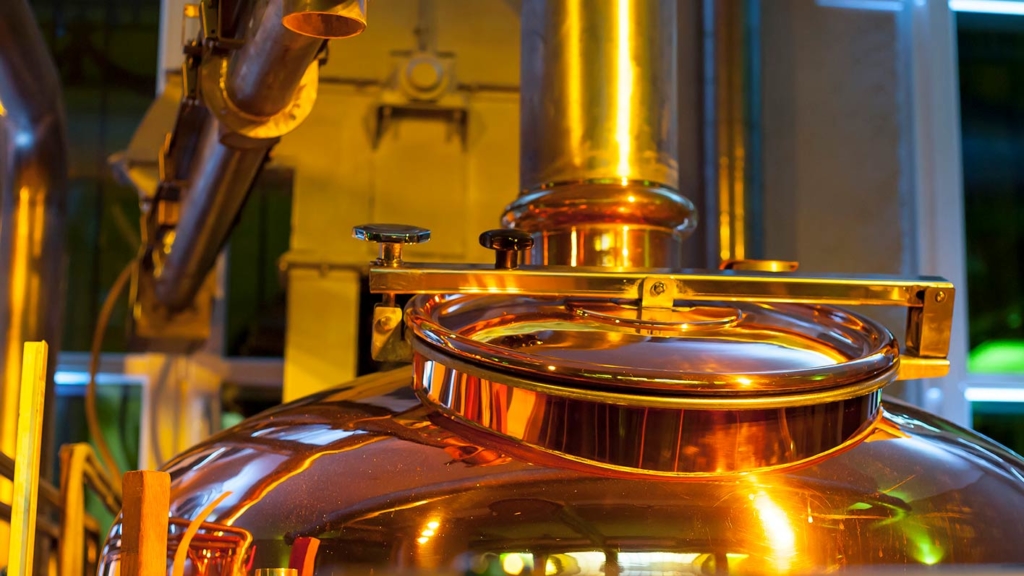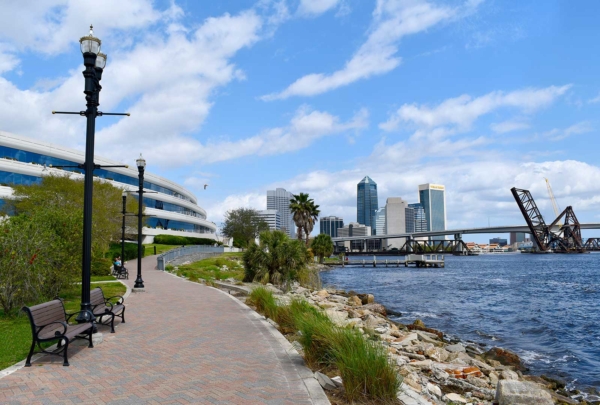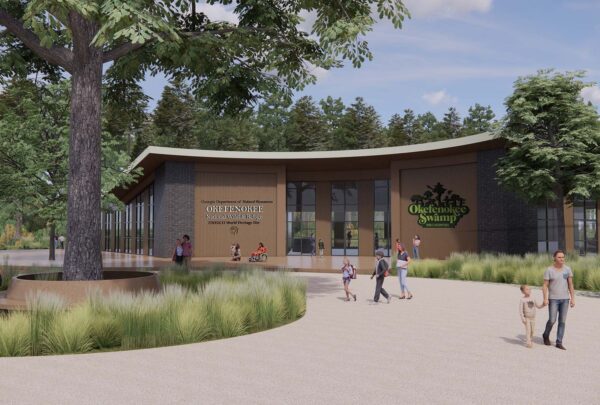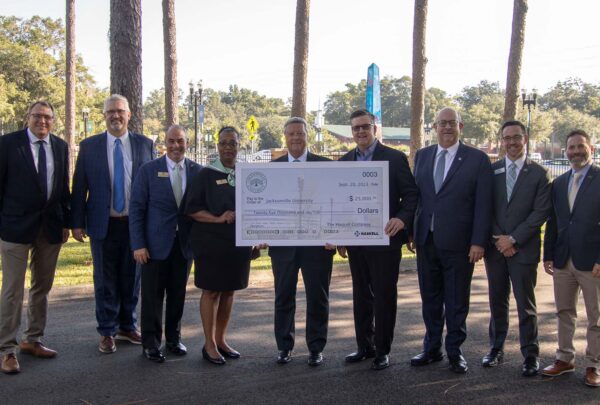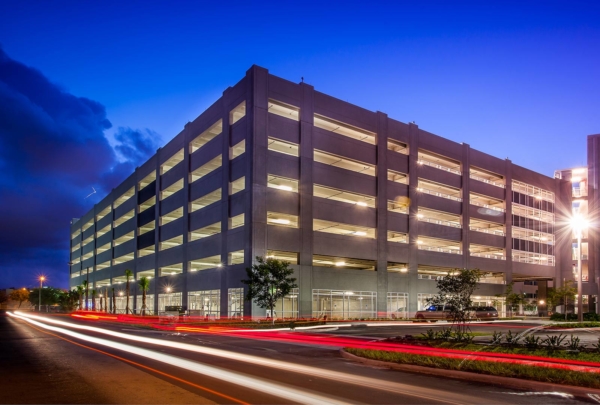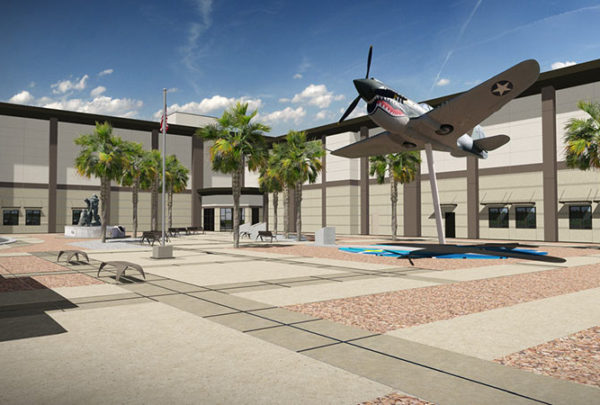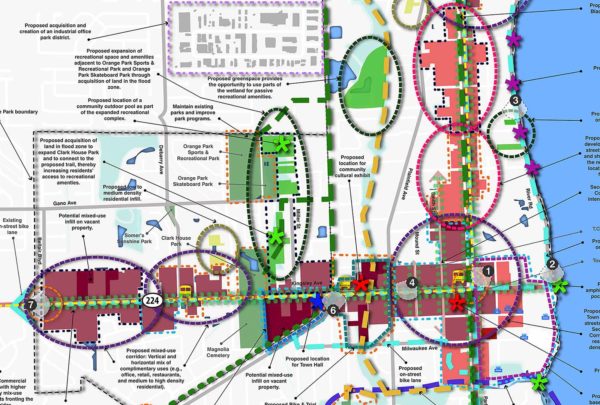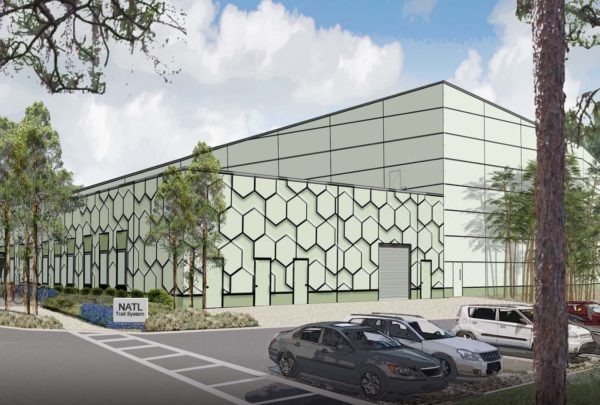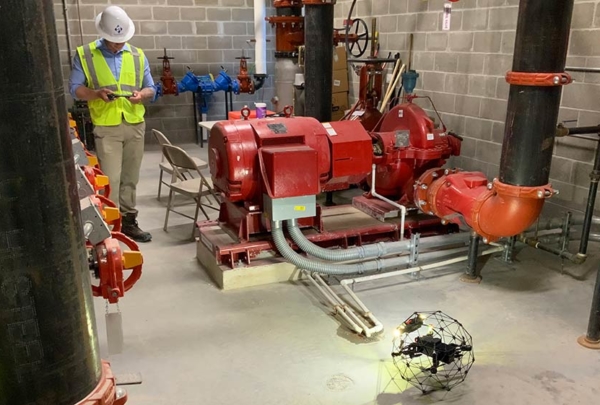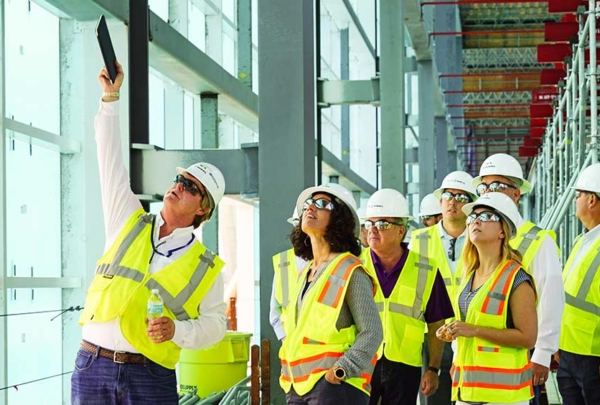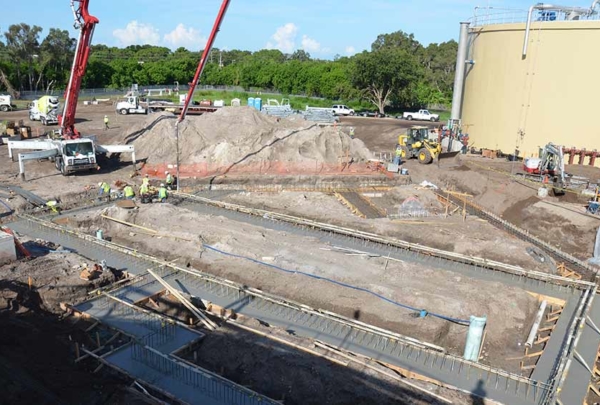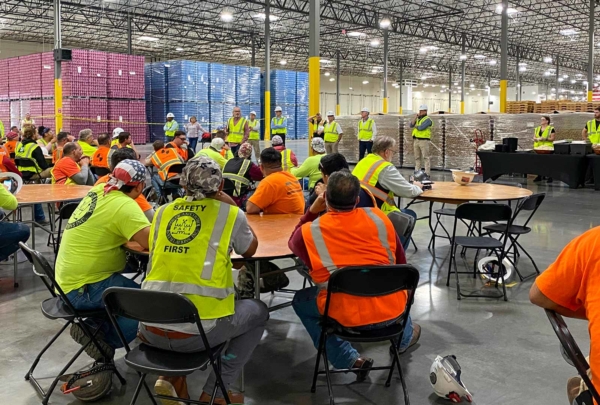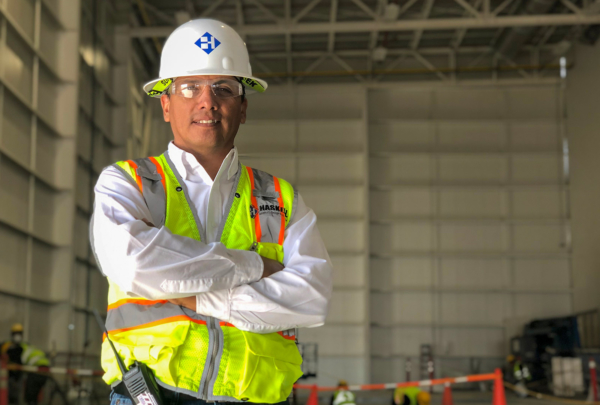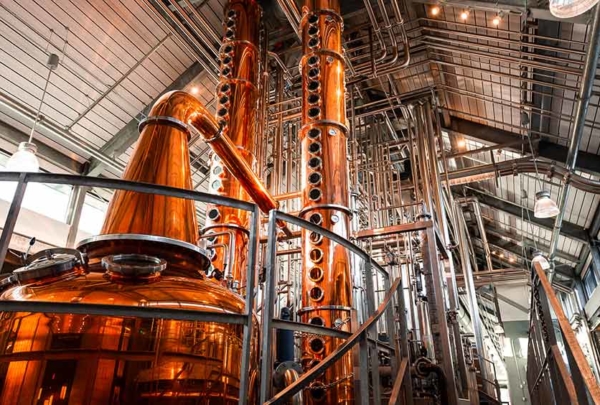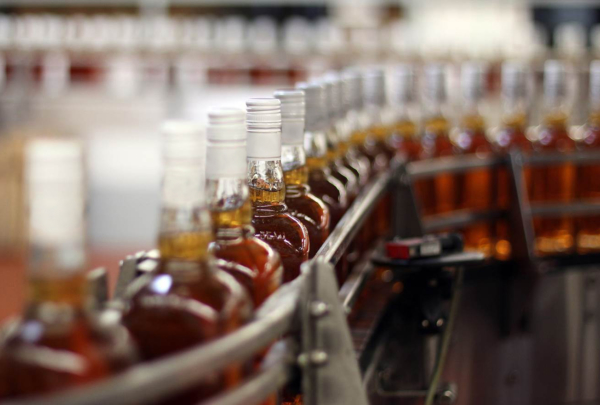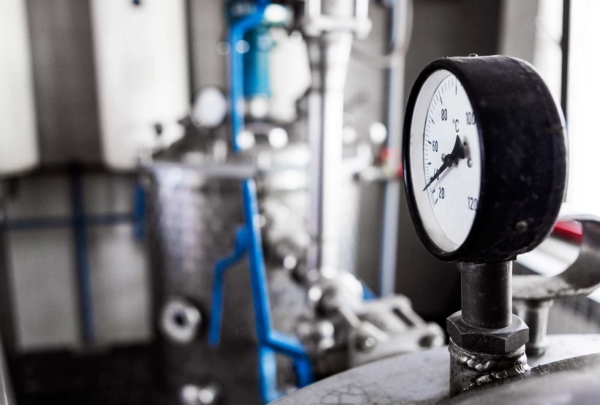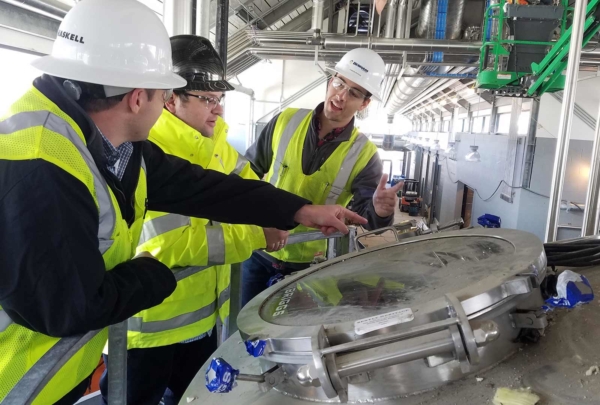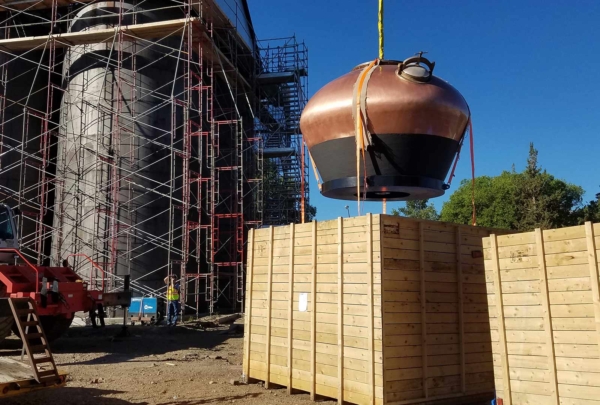We have reached a pivotal point in the five-step journey to bring your distillery from concept to production. Over the first three steps, we have guided you through defining the opportunity, establishing your team, and diving into the design details.
Now it’s time to turn a pivotal corner and start bringing this plan to life.
- Establish a Milestone Schedule
To execute your plan, the first thing you need to do is to develop a detailed schedule. The best way to create a schedule is incorporate some simple logic and important milestones. Logic-based schedules link tasks to other tasks, which subsequently require completions or various stages of progress in order to commence the next task. For example, you can’t install the equipment until the slab is placed and you can’t distill until the chilled water system is commissioned.
Ideally, your breakout list of milestone schedule activities should include:
- Key Dates
- Design
- Permitting
- Procurement
- Construction
- Testing & Commissioning
Detailed sequencing and breakouts will be contained within each of these areas.
- Procure Your Equipment
Once design is underway and the engineers are busy spec’ing equipment based off your plan; it’s time to start procuring the necessary equipment for your distillery.
Begin by targeting vendors/suppliers and approaching them for quotes. Once received, review the quotes and negotiate final terms with your selected vendor. Pay special attention to critical issues including payment terms, warranty, lead times, vendor startup, drawings/3D models, and code compliance (Seismic, Electrical Ratings, etc.). When you’re ready to purchase, issue a PO with mutually beneficial terms for both parties, specifying details on what is included in the PO, with as much cost breakout detail as possible.
After your PO is accepted, obtain vendor shop drawings and send to your team for review and comment. Once final shop drawing approval is complete, the vendor will release the order for manufacturing – if the equipment is a testable system, such as a bottling line, or standalone still, set up a FAT (Factory Acceptance Test) at the vendor’s shop to ensure the system is constructed and functions per the terms of the PO before it is shipped to your location.
Once accepted, the system will have to be crated and shipped. Keep in mind, international vendors will require you to factor in conservative shipping times and customs holds (plan on one month for ocean freight and two weeks for customs). This is also a good time to ensure that you have the proper equipment to offload your delivery and a place to put it if it is not ready for installation.
- Begin Building Construction
Simultaneous to the equipment procurement process, it’s time to launch construction, whether you are building a new facility or making modifications to the existing building that will allow for your new distillery or expansion. Careful coordination between the process installation and building construction needs to be planned, communicated, and carefully orchestrated to ensure continuity between schedule, logistics, and operations. Some equipment is very large and may be easier to install before a wall or section of roof is complete, so leverage your construction management team to optimize constructability with schedule, safety, equipment lead-times, and cost.
Another consideration while installing your expensive, shiny new equipment is how to best safeguard it from damage during construction. Means of protection can be as simple as caution tape to keep people away, or utilizing welding blankets and pads, or creating an elaborate scaffold/wooden enclosure to protect the equipment from dropped tools or materials during the overhead installation.
As you construct the distillery, keep your operations team involved with layout of equipment, pumps, valves, etc., as they will be the ones servicing and accessing equipment during day-to-day operations and need to be satisfied with access and function. It’s much easier to install everything right the first time, instead of moving things at the end during the punch list and start up scramble.
- Startup and Commission Your Equipment
It’s built! It’s built! Time to celebrate, right? Well, yes, but then it’s time to get right back to it and answer this important question: Does it work? To determine this, your team needs to commission and test the systems.
A typical startup and commissioning effort is broken out into several categories:
- Punchlist/Mechanical Completion: Is everything installed per the Design Documents?
- I/O or Dynamic Tests: Will each energized part work when commanded to do so?
- System Tests or Operational Tests: Each system will be tested to ensure that each part works as a system with the other parts – this is a true test of the programming and interlocks.
- Product Tests: The last step is to run the system with products to optimize settings so that you can perfect the finished product you’ve worked so hard to get to!
Next: The Wrapup: Trust but Verify – Demonstrating Completion
For more information, contact Haskell’s Beer, Wine & Spirits division leader, Anthony White.
